
Tell your friends about this item:
The Causes of the Economic Crisis
Ludwig von Mises
The Causes of the Economic Crisis
Ludwig von Mises
Stimulus or laissez-faire? That's the essential debate about what to about financial crisis in our time. It was the same in the 1930s. In this world before and after the Great Depression, there was a lone voice for sanity and freedom: Ludwig von Mises. He speaks in The Causes of the Economic Crisis, a collection of newly in print essays by Mises that have been very hard to come by, and are published for the first time in this format. Here we have the evidence that the master economist foresaw and warned against the breakdown of the German mark, as well as the market crash of 1929 and the depression that followed. He presents his business cycle theory in its most elaborate form, applies it to the prevailing conditions, and discusses the policies that governments undertake that make recessions worse. He recommends a path for monetary reform that would eliminate business cycles and provide the basis for a sustainable prosperity. In foreseeing the interwar economic breakdown, Mises was nearly alone among his contemporaries. In 1923, he warned that central banks will not "stabilize" money; they will distort credit markets and generate booms and busts. In 1928, he departed dramatically from the judgment of his contemporaries and sounded an alarm: "every boom must one day come to an end."Then after the Great Depression hit, he wrote again in 1931. His essay was called: "The Causes of the Economic Crisis." And the essays kept coming, in 1933 and 1946, each explaining that the business cycle results from central-bank generated loose money and cheap credit, and that the cycle can only be made worse by intervention. Credit expansion cannot increase the supply of real goods. It merely brings about a rearrangement. It diverts capital investment away from the course prescribed by the state of economic wealth and market conditions. It causes production to pursue paths which it would not follow unless the economy were to acquire an increase in material goods. As a result, the upswing lacks a solid base. It is not real prosperity. It is illusory prosperity. It did not develop from an increase in economic wealth. Rather, it arose because the credit expansion created the illusion of such an increase. Sooner or later it must become apparent that this economic situation is built on sand. Did the world listen? The German-speaking world knew his essays well, and he was considered a prophet, until the Nazis came to power and wiped out his legacy. In England, his student F. A. Hayek made the Austrian theory a presence in academic life. In the popular mind, the media, and politics, however, it was Keynes who held sway, with his claim that the depression was the fault of the market, and that it can only be solved through government planning. Just at the time he wanted to be fighting, Mises had to leave Austria, forced out by political events and the rising of the Nazis. He wrote from Geneva, his writings accessible to too few people. They were never translated into English until after his death. Even then, they were not circulated widely. The sad result is that Mises is not given the credit he deserves for having warned about the coming depression, and having seen the solution. His writings were prolific and profound, but they were swallowed up in the rise of the total state and total war. But today, we hear him speak again in this book. Bettina B. Greaves did the translations. It is her view that in that in the essays, Mises provides the clearest explanation of the Great Depression ever written. Indeed, he is crystal clear: precise, patient, and thorough. It makes for a gripping read, especially given that we face many of the same problems today. This book refutes the socialists and Keynesian, as well as anyone who believes that the printing press can provide a way out of trouble. Mises shows who was responsible for driving the world into economic calamity. It was the inevitable effects of the government's monopoly over money and banking.
| Media | Books Paperback Book (Book with soft cover and glued back) |
| Released | February 2, 2018 |
| ISBN13 | 9781610166829 |
| Publishers | Ludwig Von Mises Institute |
| Pages | 228 |
| Dimensions | 152 × 229 × 12 mm · 308 g |
| Language | English |
More by Ludwig von Mises
Others have also bought
More from this series
See all of Ludwig von Mises ( e.g. Paperback Book , Hardcover Book , CD , Book and MP3-CD )






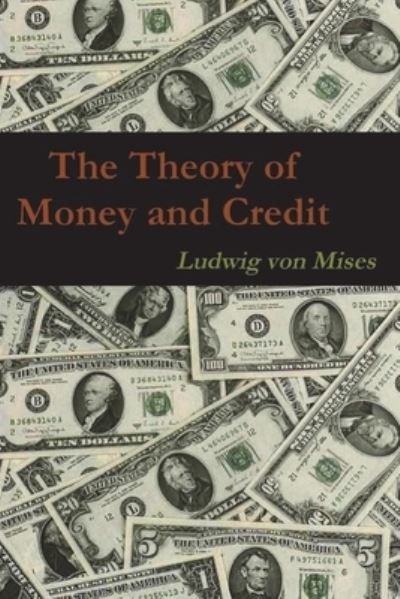








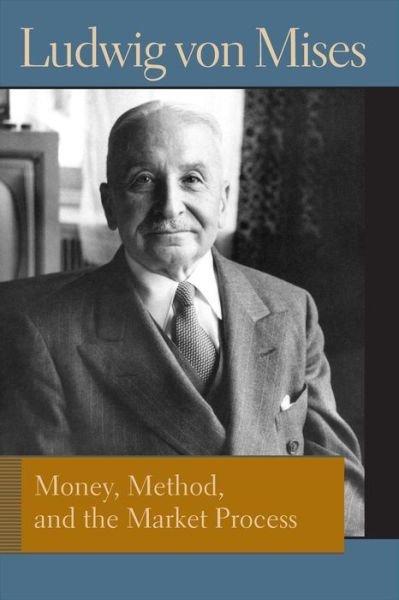




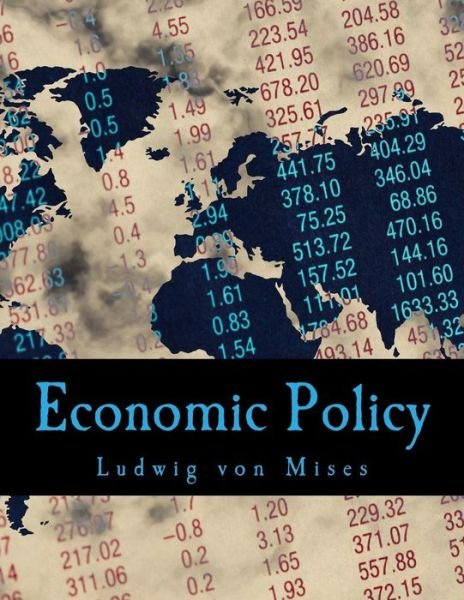
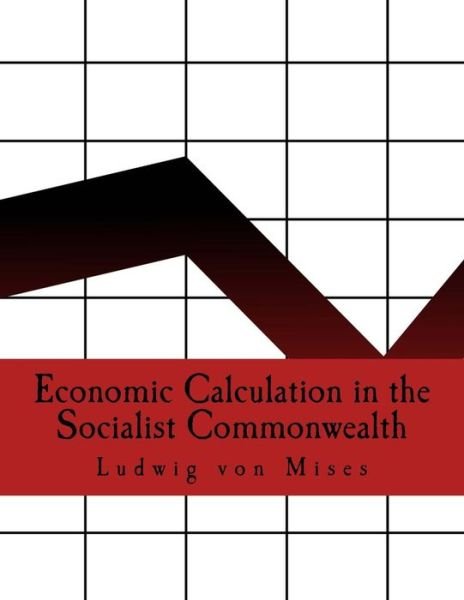













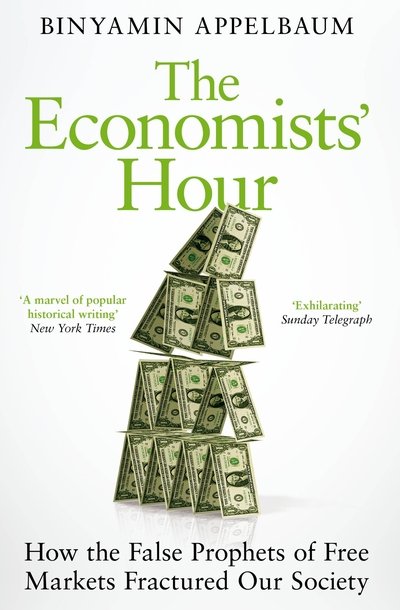


![Cover for Sigurd Mathiesen · Serie for grotesker: Unge sjæle (Sewn Spine Book) [1st edition] (2021)](https://imusic.b-cdn.net/images/item/original/003/9788794025003.jpg?sigurd-mathiesen-2021-serie-for-grotesker-unge-sjaele-sewn-spine-book&class=scaled&v=1612912669)
![Cover for Gregor von Rezzori · Blomster i sneen (Sewn Spine Book) [1st edition] (2020)](https://imusic.b-cdn.net/images/item/original/560/9788794025560.jpg?gregor-von-rezzori-2020-blomster-i-sneen-sewn-spine-book&class=scaled&v=1603305859)
![Cover for Alfred Kubin · Udenlandsk fugl: Den anden side (Bound Book) [1st edition] (2024)](https://imusic.b-cdn.net/images/item/original/376/9788794026376.jpg?alfred-kubin-2024-udenlandsk-fugl-den-anden-side-bound-book&class=scaled&v=1715440322)










![Cover for Hermann Ungar · Klassen (Sewn Spine Book) [1st edition] (2019)](https://imusic.b-cdn.net/images/item/original/635/9788797083635.jpg?hermann-ungar-2019-klassen-sewn-spine-book&class=scaled&v=1557405628)